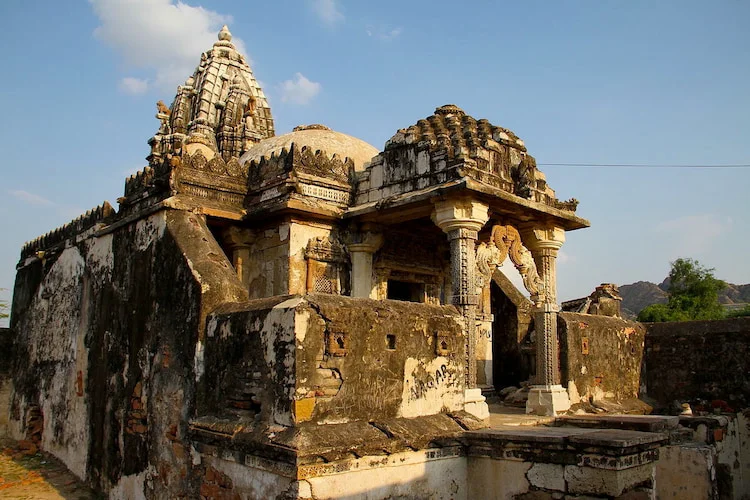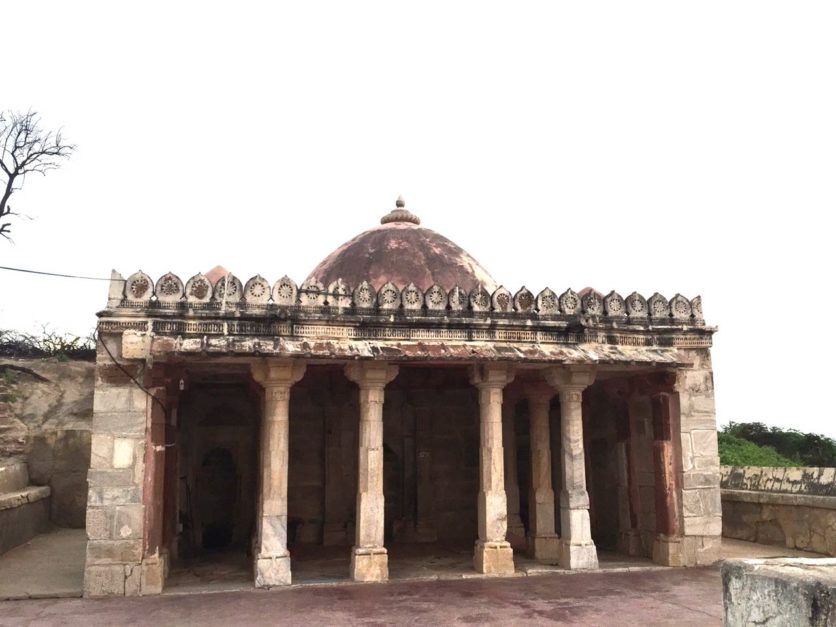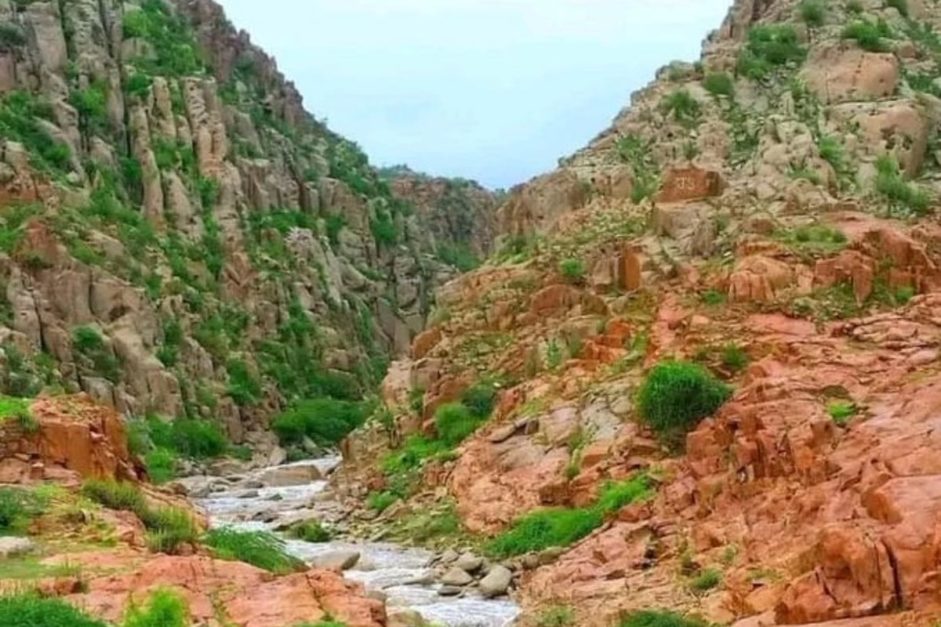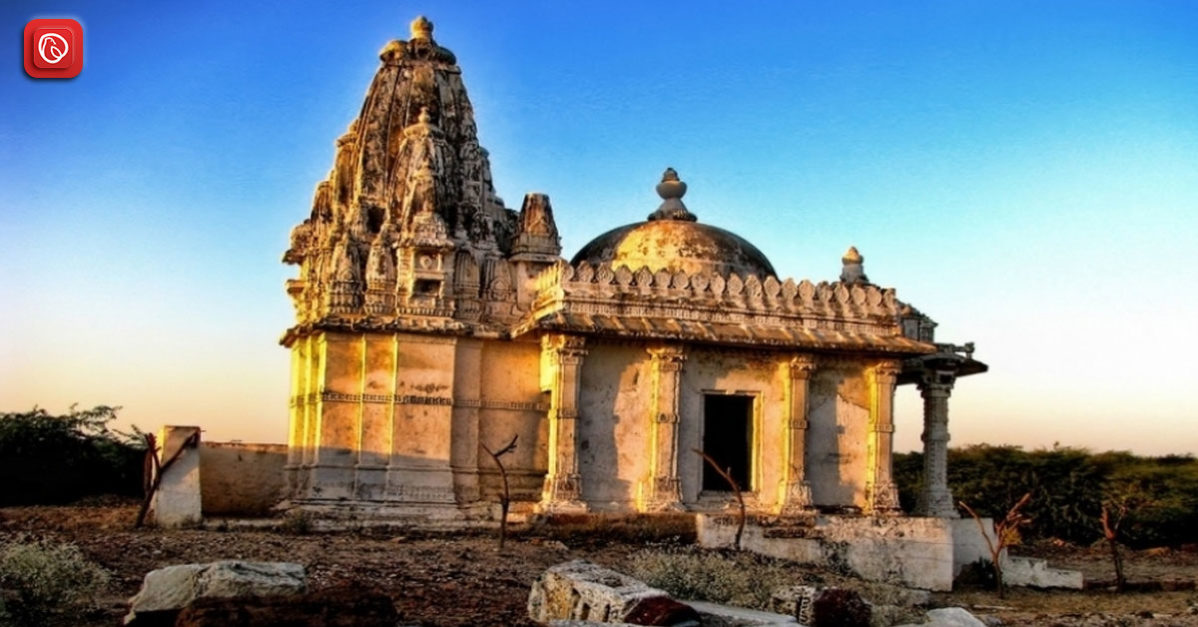The farthest town in Sindh’s southeast, Nagarparkar, is significant for a number of reasons, including its proximity to the Indian border and the fact that it is home to the remnants of several of Pakistan’s oldest Jain temples, which date back to a time when the area was home to a sizable Jain population and are now well-known tourist destinations and historical landmarks.
Graana.com has discussed everything you need to know about Nagarparkar, including its overview, attractions, routes, and much more.
Overview
Approximately 15 km from the Indian border, Nagarparkar is situated at the base of the pink granite Karoonjhar Hills, which encircles the town for 25 km (16 miles). To the east of the town is Barmer, Rajasthan, while to the south is Run Katchh. A rocky Parkar belt surrounds the area, which features sand dunes, sand valleys, springs, and an arid sandy desert environment in its remaining portion.
Tiles are made from the pink granite stone found on this mountain. There is a legend that red granite stone, china clay, and honey from the Karoonjhar hills yield 1.25 kg of gold each day. The rock makes distinct sounds in the summer because of sulphur deposits.
Because of the abundance of wildlife in the town and its environs, environmentalist NGOs are pushing for Nagarparkar to become a national park in order to prevent harm to the area’s plants and animals.
How to Reach Nagarparkar
The only way to get from Mithi to Nagarparkar is by automobile or minibus. Only a few minutes before dusk, four to five non-air-conditioned minibuses depart from Mithi every hour. A minibus ticket from Mithi costs approximately Rs 200, and the trip could take three and a half hours. Around noon, the first bus departs, and the final one leaves at 4 PM. The last Mithi bus departs Nagarparkar at approximately 1:30 PM, travelling to both Islamkott and Mithi.
Nagarparkar and Mithi are separated by approximately 150 miles on Nagarparkar-Islamkot Road, which eventually combines with Islamkot-Nagarparkar Road.
Transportation
You have three options for getting about Nagarparkar: driving oneself, taking shared motorbike rickshaws, or using private taxis, which resemble 4×4 jeeps. Rickshaws are an inexpensive and efficient mode of transportation in Nagarparkar, and they are ideal for local tours as well.
For a maximum of Rs 500, one can hire a rickshaw to tour the temple’s attractions. Taxis in the form of 4×4 jeeps are usually private vehicles that can be easily hired from taxi stands. They are the most opulent and comfortable method to get around Nagarparkar.
Attractions

Following are some places that you can visit if you are in or near Nagarparkar.
Jain Temples
Around Nagarparkar, there are a number of Jain temples. The majority were constructed during the height of Jain architectural expression, which was between the 12th and the 15th century. In 2016, the temples were added to the list of potential UNESCO World Heritage Sites. Regretfully, a few of them are partially destroyed.
Here is the list of Jain temples located nearby:
- Nagarparkar Bazaar Temple
- Churrio Jabal Durga Mata Temple
- Gori Temple
- Bhodesar temple
Bhodesar Mosque

The Bhodesar Mosque is located in Pakistan’s Tharparkar District in Sindh. The architecture of the neighbouring Jain temples had a big influence on the design of Bhodesar’s white marble mosque. The mosque was constructed in 1505 CE by Gujarati Sultan Mahmud Begada. The mosque was built after destroying surrounding Jain temples, resting upon a square-shaped building measuring 9.2 metres on each side. The mosque’s pillars are likewise reminiscent of Jain architecture, and the roofline’s artistic features were also influenced by Jain temples.
Karoonjhar Mountains

On the northern border of the Rann of Kutch, in the Nagarparkar district, next to the Tharparkar district, lie the Karoonjhar mountains. They are probably an extension of India’s Aravalli Range and are primarily composed of granite rock. One of the oldest rock systems is the Aravalli range, which dates back to the Archean period. Researchers have estimated that these rocks formed between 3.5 and 5 billion years ago.
The Karoonjhar region is considerably smaller than the surrounding desert and differs geographically from it. The mountain range is 305 metres high and almost 19 kilometres long. There are smaller, sparsely vegetated hills to the east of the main range. Two permanent springs, Achleshwar and Sardharo, as well as two ephemeral streams, Bhetiani and Gordo, that run during the rainy season, emerge from these hills.
Where to Stay
With the exception of a few rest houses that are exclusively available to government personnel and their families, there are very few lodging options in the town. Alternatively, you can spend a night sleeping in a restaurant that rents out ‘charpais’, which are traditional woven beds used in the Indian subcontinent. There are a few guest houses under construction.
Frequently Asked Questions (FAQs)
Following are the most common questions and their answers for Nagarparkar.
What is the significance of Nagarparkar?
Nagarparkar holds immense historical and cultural significance. It is home to ancient temples, including those of Jain and Hindu origins, dating back centuries, making it a pilgrimage site for followers of these religions.
What are the main attractions in Nagarparkar?
Some of the main attractions in Nagarparkar include the Karoonjhar Hills, Jain Temples, Hindu Temples (such as the Shiv Mandir and the Krishna Mandir), and the Nagarparkar Fort.
How do I reach Nagarparkar?
Nagarparkar can be reached by road from major cities like Karachi and Hyderabad. The journey typically takes around 8-10 hours by car.
What is the best time to visit Nagarparkar?
The best time to visit Nagarparkar is during the winter months (October to March) when the weather is relatively cooler and more pleasant for exploring the outdoors.
Is Nagarparkar safe for tourists?
Yes, Nagarparkar is generally considered safe for tourists. However, it’s always advisable to take normal precautions and respect local customs and traditions.
Are there accommodations available in Nagarparkar?
Yes, there are accommodations available in Nagarparkar, ranging from budget guesthouses to more upscale resorts. It’s recommended to book in advance, especially during peak tourist seasons.
What activities can I do in Nagarparkar?
In Nagarparkar, you can indulge in activities like hiking in the Karoonjhar Hills, exploring ancient temples, visiting local villages to experience rural life, and enjoying the scenic beauty of the desert landscape.
Is there a local cuisine unique to Nagarparkar?
While Nagarparkar doesn’t have a specific cuisine unique to the region, you can savour delicious Sindhi dishes such as Sindhi Biryani, Sindhi Kadhi, and various types of bread like Chapati and Sindhi Lolo.
Are there any festivals or events celebrated in Nagarparkar?
Nagarparkar hosts various festivals and religious events throughout the year, including Holi, Diwali, and Jain festivals like Mahavir Jayanti. These celebrations offer a glimpse into the vibrant culture of the region.
Can I explore Nagarparkar on my own, or do I need a guide?
While it’s possible to explore Nagarparkar on your own, hiring a local guide can enhance your experience by providing insights into the history, culture, and significance of the sites you visit. Guides can also help navigate the area more efficiently.
For more related information, visit Graana Blog.




